The editor gets down to the hard work of yet another of his experiments
 credit: Archant
credit: Archant
Last month, I offered you my hypothesis on the link between down-range velocity spread and accuracy, and I suggested that large inconsistencies shot-to-shot might be the key to understanding inaccuracy. My experiment was planned like this: First, borrow an ultra-accurate rifle - one Air Arms FTP900. Fit a high-power scope - one Nikko Stirling Diamond Sportsman 10 – 50 x 60 sitting in Sportsmatch mounts. Sit at a bench with heavy bags to rest the gun on, to eliminate as much human error as possible.
Next, speak nicely to Edgar Brothers and ask for a Caldwell Ballistic Precision chronograph to place in front of the target cards, which were at 35 yards. Then shoot groups and measure the velocity of each pellet – easy! Well, no. Perhaps I was about to fall flat on my face as I’d feared. You see, there was a factor in my planning I’d missed, as did the pellets, which I’ll explain as we go on.
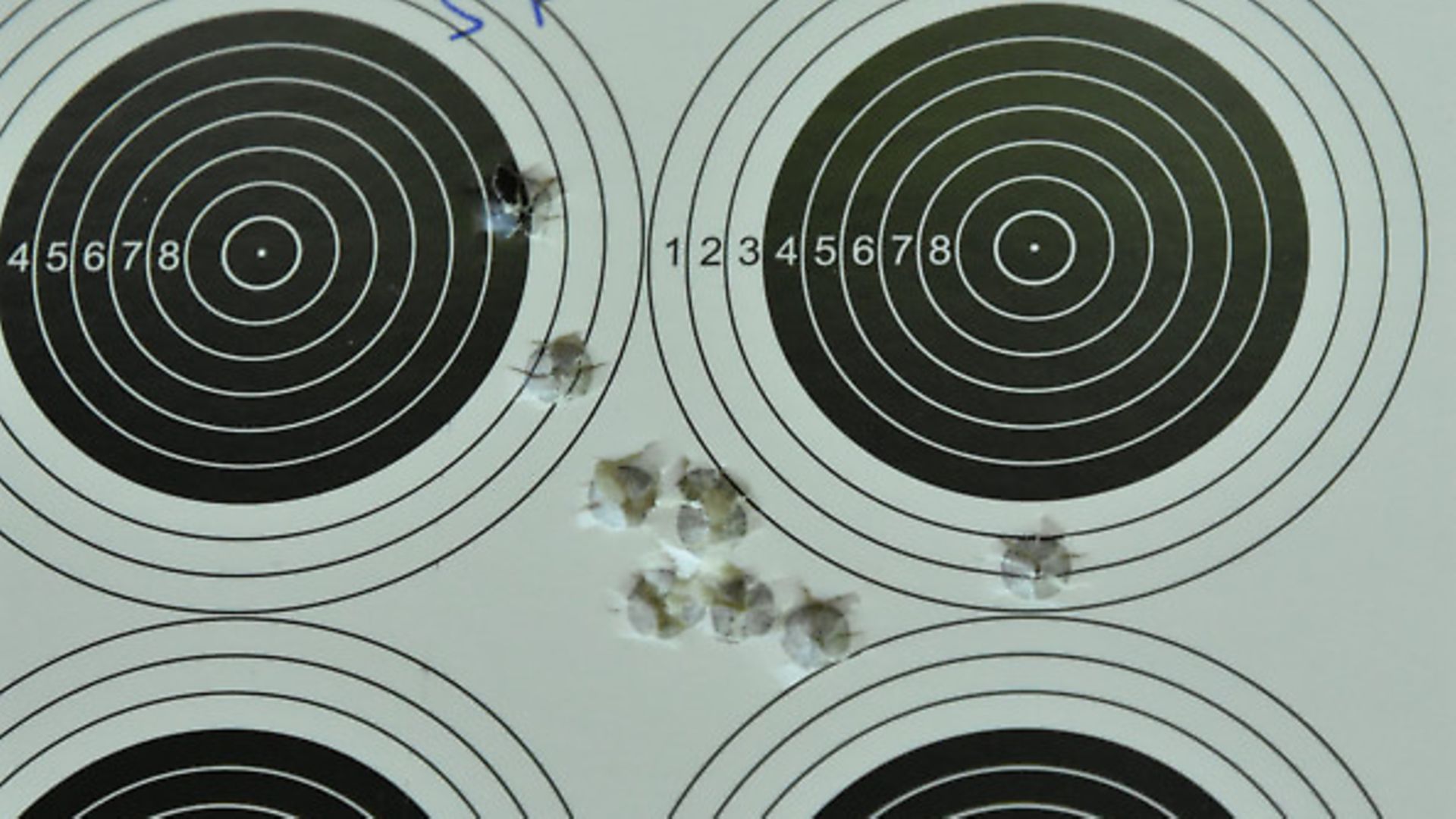 credit: Archant
credit: Archant
Known quantity
After getting everything set up perfectly, I carefully zeroed the FTP with the Air Arms Diablo Field pellet that I know oh-so-well. This mid-weight roundhead is beautifully made and is very consistent in terms of weight and dimensions, which I believe are the key reasons for its excellent performance. At 35 yards, it kept every shot comfortably inside ½”, despite a good breeze. Over the chronograph, it varied just 22fps, which is better than many guns can do at the muzzle. This, for me, is simply more evidence of just how brilliant this pellet is.
Next, I chose a pellet that was a big hit when I was a kid, the RWS Super Point. It was more accurate that I’d expected, producing a group of 1 5/8” which was okay, but not good enough for hunting at that distance. The shots I was able to measure varied 45 fps and here’s when I suddenly saw how my plan was about to fail. Some shots went so wide that the chronograph’s screens didn’t see them. My heart sank. The very shots I needed to understand were the ones the chrono’ couldn’t see! The ones it read were those that were closer to being on target. Damn it! Foiled again! Oh well, I’d made a big effort to set this experiment up so I was determined to gather what data I could.
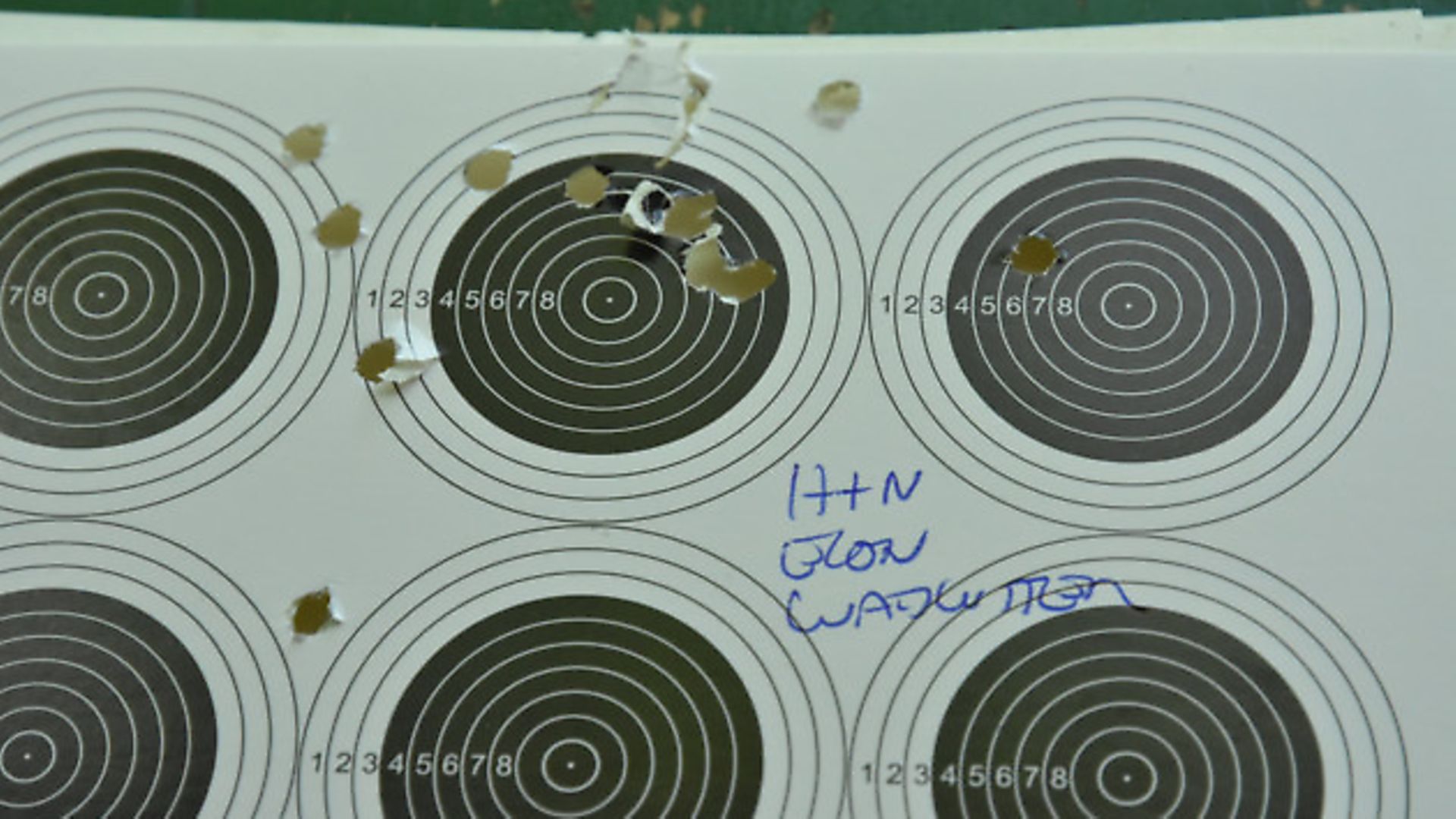 credit: Archant
credit: Archant
Next up was a traditional wadcutter, the H&N Econ. I expected that the flat face would cause lots of drag, so I wasn’t surprised to see just how much velocity had been lost as they flew past the chronograph’s sensors. With a group size of around 3”, not too many of them went over the sensors, so the data captured isn’t worth much. Less than half of the pellets gave a reading and they showed just 15 fps variation, with all the interesting shots failing to be measured.
I’m sure many readers will have seen the Predator Polymag pellet and its doppelganger, the H&N Red Scorpion. These novel pellets have an egg-timer-shaped body with a hollow point face. Into this, the manufacturer inserts a polymer tip so you have a spire point inside a hollow point! The claims for what these can do on contact within your quarry are hilarious, but all I care about is precise shot placement. I have to say that the Red Scorpion I tested was far and away the most accurate of the type I’ve tested, giving a final group of 1¼”, although I did have several flyers in my warm-up groups. Velocity ranged from 565fps to 624, so 59 fps, although the majority were around 600 to 625, so I guess the flyers I saw were from the erratic velocity shots.
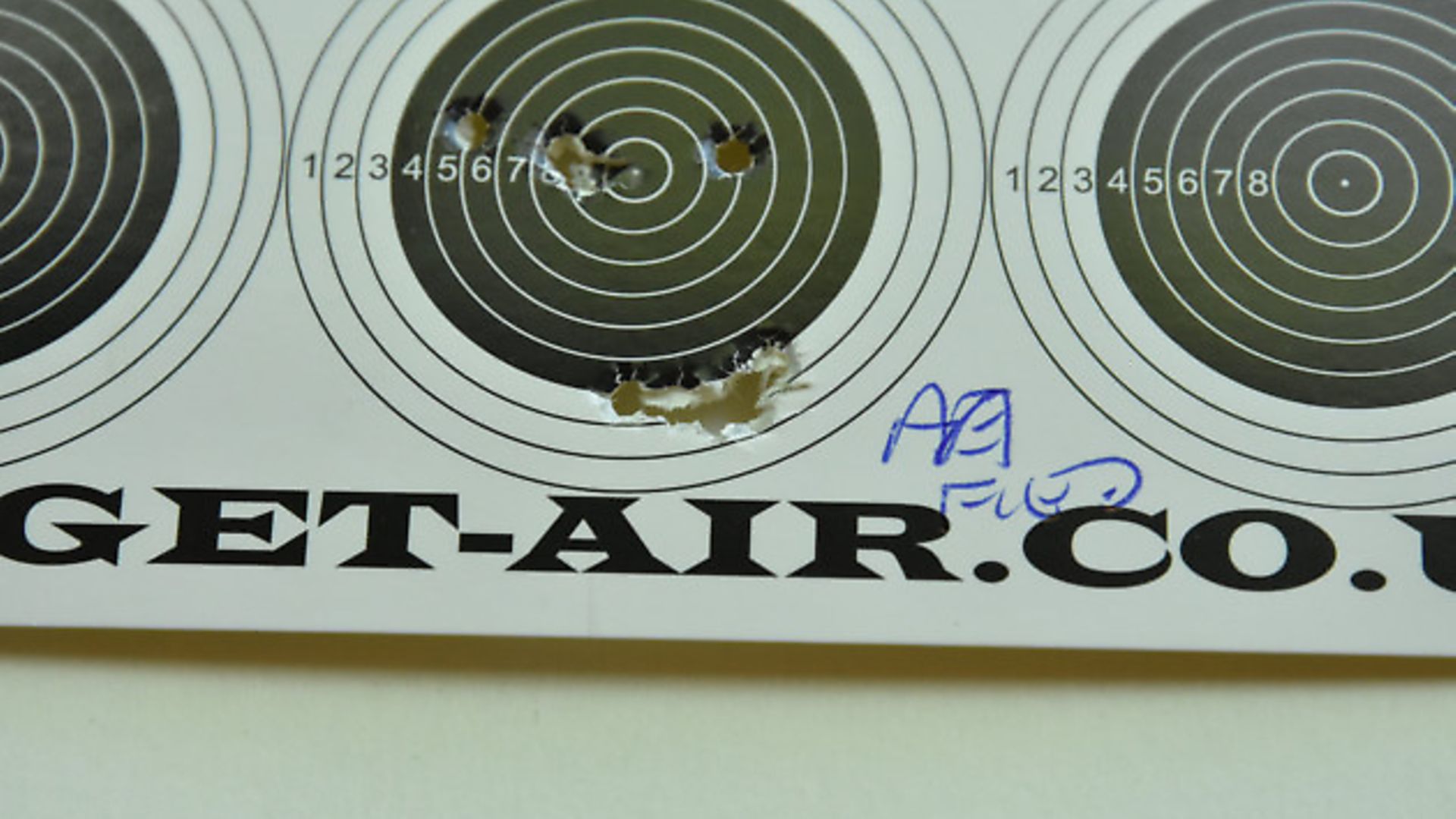 credit: Archant
credit: Archant
Strange affection
The last pellet on my list was one that I have a strange affection for, despite its reputation for inaccuracy.
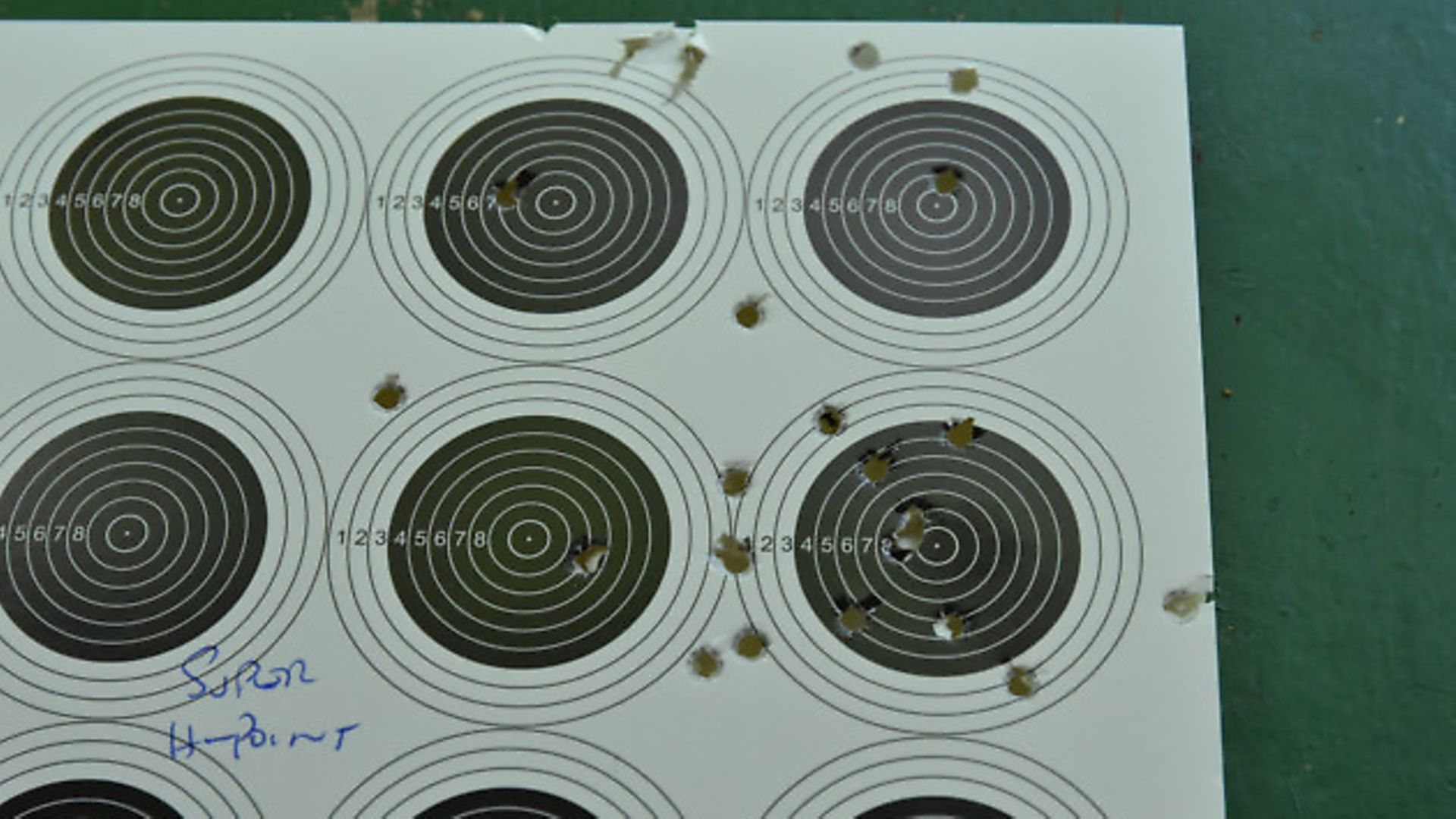 credit: Archant
credit: Archant
The RWS Super H-Point has a yawning gape of a hollow point which works to devastating effect on rats at close range, delivering maximum impact on this soft-bodied quarry. However, as the range increases, the shape’s poor aerodynamics work against accuracy. A group of some 5”, with shots off the card tell the story, and remember, this is from a match-accurate gun. I have to confess that I felt this little pellet might be the polar opposite to the Air Arms Field and would illustrate my theory perfectly, but again, with so many shots bypassing the chronograph’s sensors, the data captured was poor.
Determined to learn, I kept on shooting, but less than one in three shots registered. Velocity ranged from 497 to 506 demonstrating that all the interesting ones went too wide to be measured for speed.
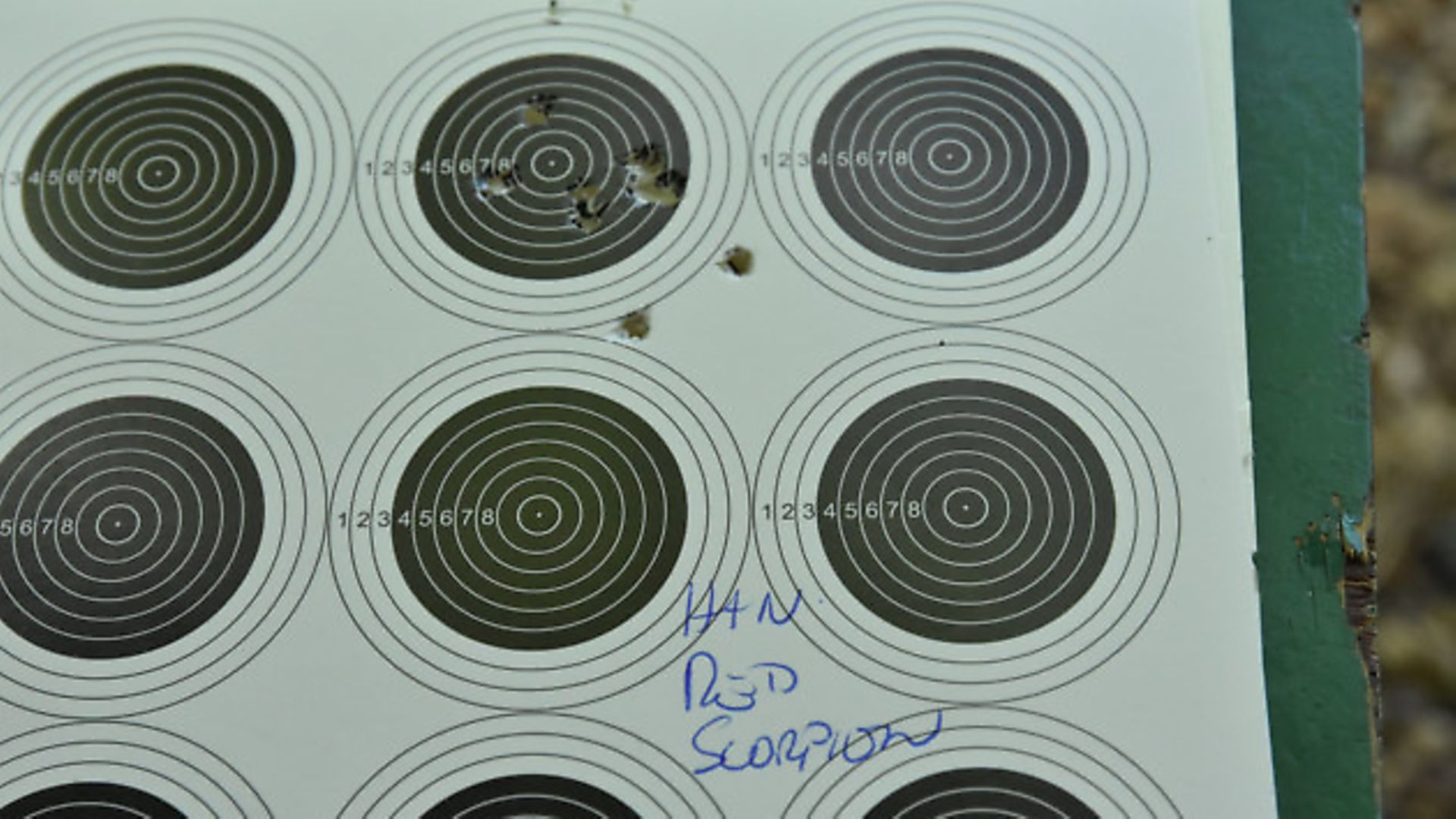 credit: Archant
credit: Archant
I don’t mind telling you that my heart was in my mouth when firing inaccurate pellets through somebody else’s expensive chronograph, but I’m happy to report that not one hit the machine and no damage was done.
At the end of an experiment, its designer needs to offer a conclusion and mine is that I need a better experiment. I’ll stand by my theory, but I need a different kind of chronograph with a much wider area that can read the pellet’s passing. Failing that, I need to reduce the distance, but I’m not sure what that would do to the data. The longer the pellet is in the air, the more its shape and quality have to affect the down-range velocity. Perhaps changing to .22 would help the chronograph see the pellets. If I’ve learned anything from my years of experiments, it’s that you never quite get all the answers you want, no matter how hard you try, but, hey, that’s what keeps us interested, right?
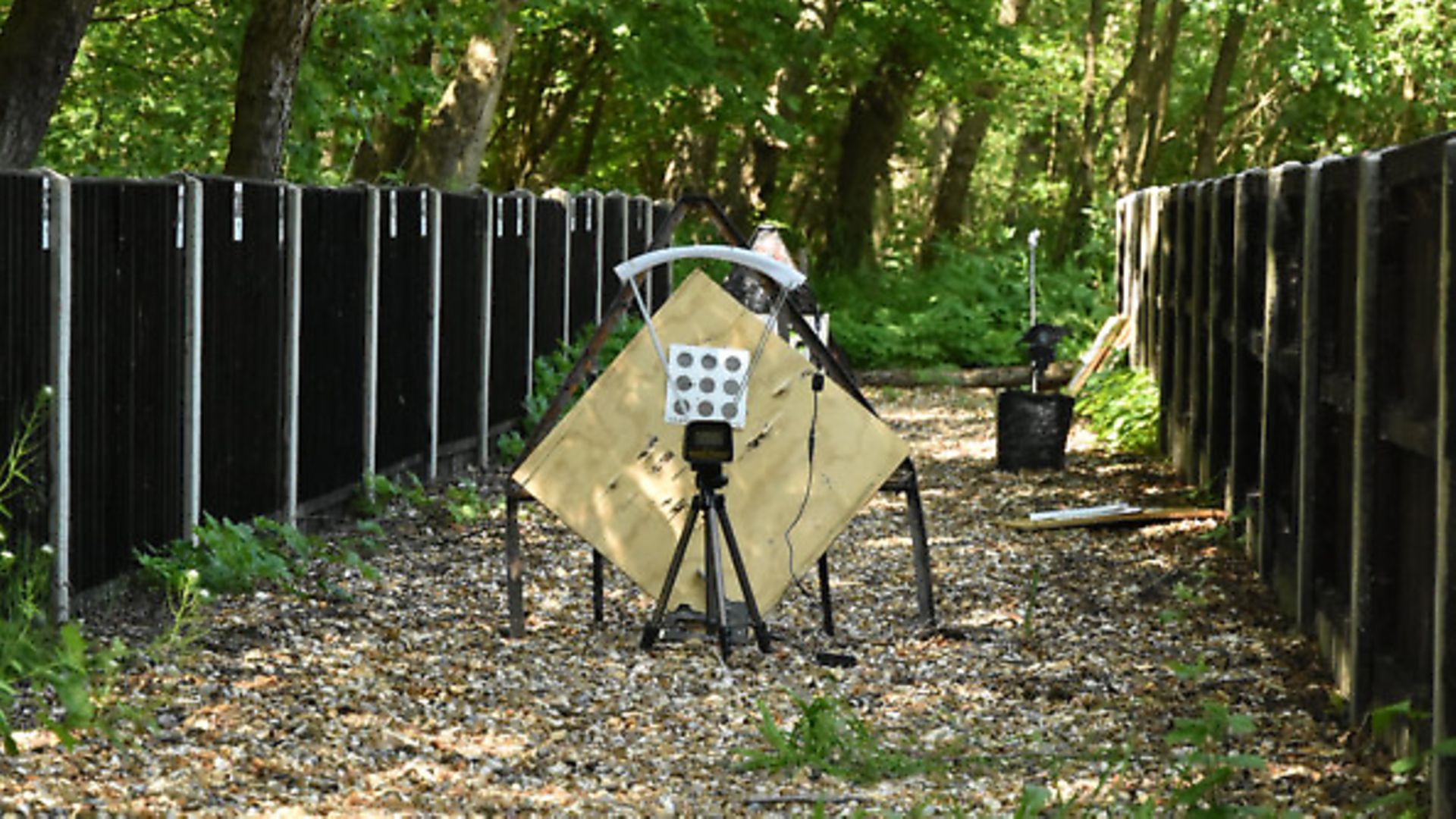 credit: Archant
credit: Archant
Watch this space. I’m thinking of ways to make this work … just give me time.